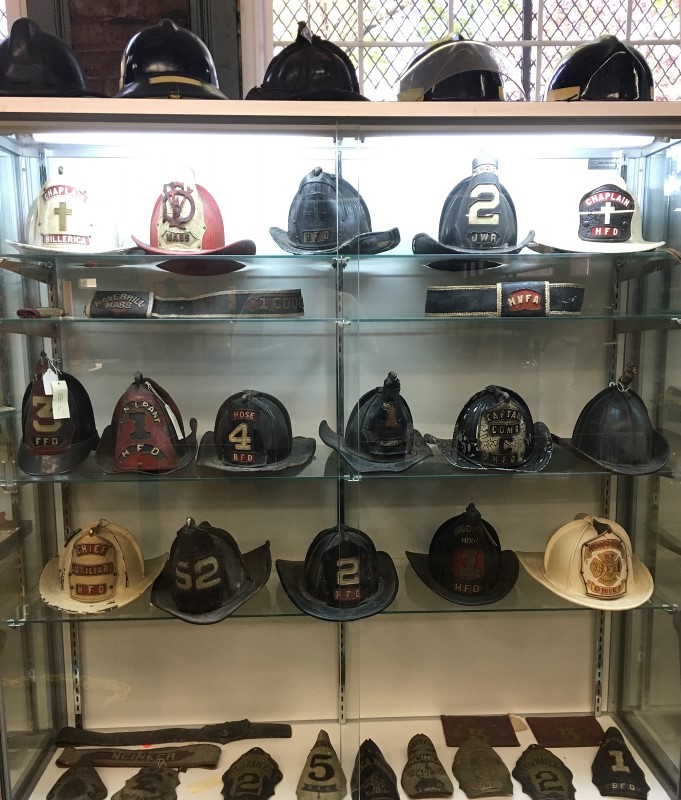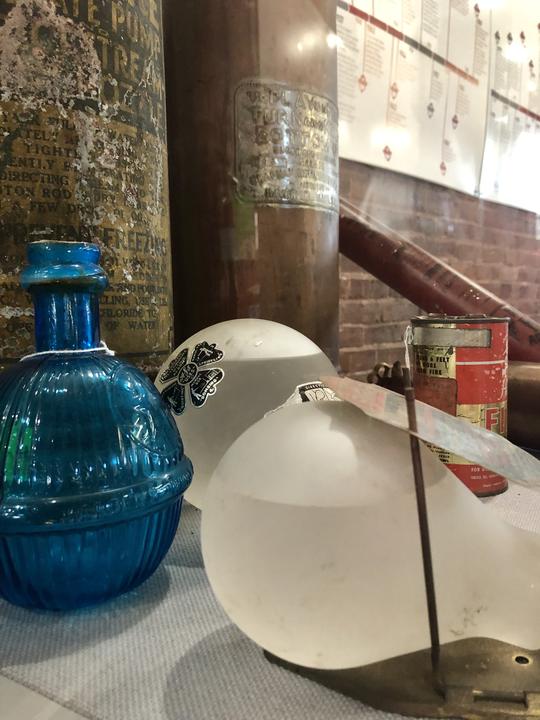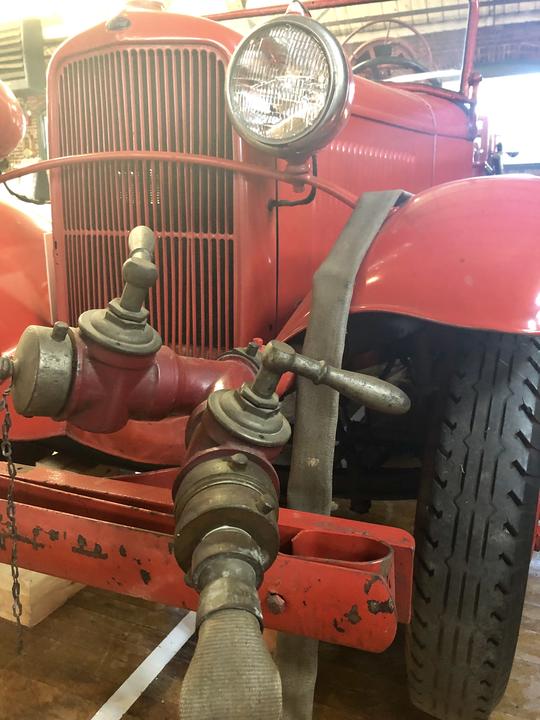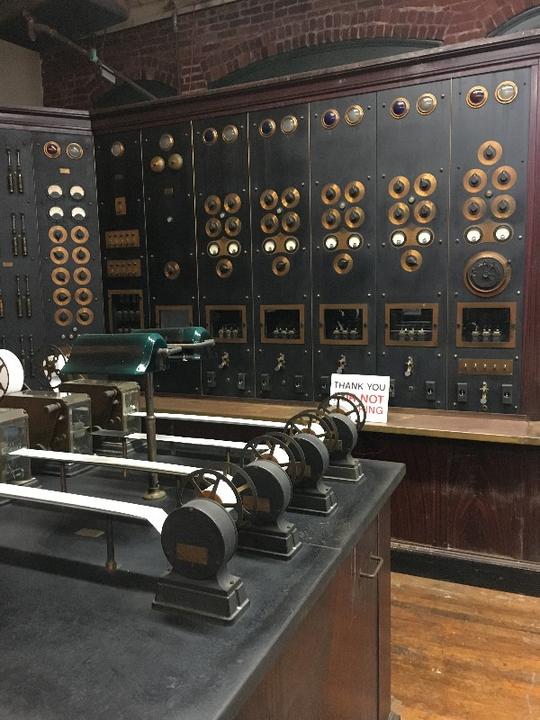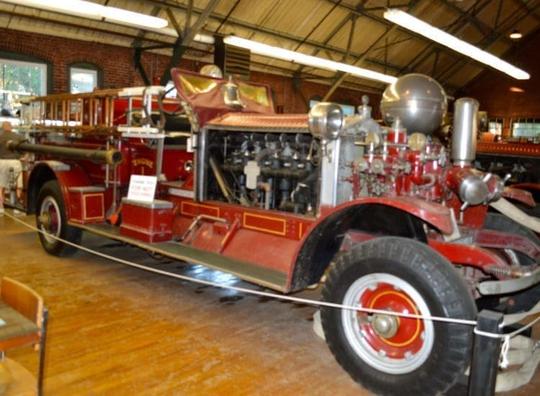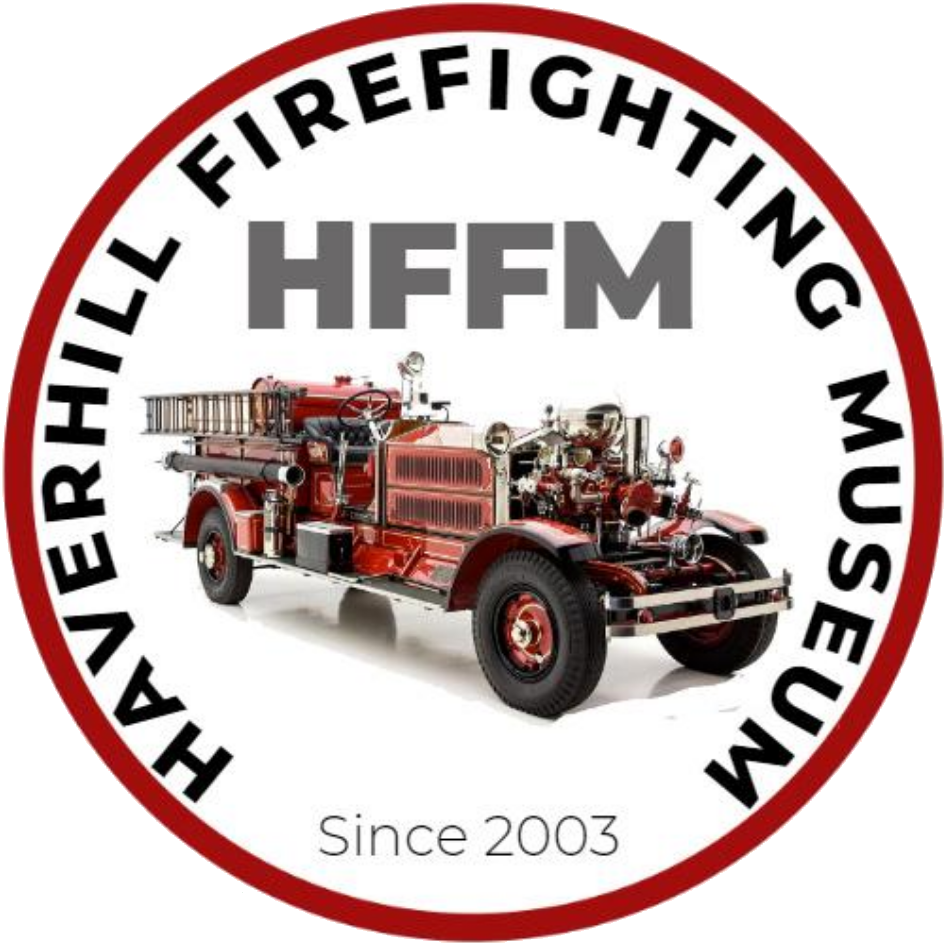Firefighting equipment
Evolution of Tools & equipment
Firefighting equipment, a testament to human ingenuity and courage, has undergone a remarkable transformation over centuries. Museums, as custodians of history, offer a unique glimpse into this evolution. From the rudimentary tools of early firefighting to the sophisticated apparatus of today, these collections tell a compelling story of technological advancement and societal progress.
Early firefighting equipment was often simple and relied heavily on manual labor. Buckets, ladders, and hooks were the primary tools used to combat fires. As cities grew and the threat of fire increased, so too did the complexity of firefighting equipment. Hand-drawn pumpers, horse-drawn steam engines, and later, motorized fire engines emerged, revolutionizing the way fires were fought. These early pieces of equipment, now often found in fire museums, are tangible reminders of the challenges and triumphs of firefighters of the past.
The 20th century brought about a new era of firefighting technology. The introduction of personal protective equipment, such as helmets, coats, and boots, significantly improved firefighter safety. Advances in breathing apparatus allowed firefighters to operate in smoke-filled environments, while the development of hydraulic rescue tools expanded their capabilities. These innovations transformed firefighting from a physically demanding and dangerous occupation to a more technologically advanced profession. Modern fire museums often showcase these advancements, highlighting the evolution of firefighter attire and equipment.
In recent decades, firefighting technology has continued to evolve at a rapid pace. Thermal imaging cameras, drones, and robotic firefighting systems have become increasingly common. Museums that focus on contemporary firefighting often feature these cutting-edge tools, demonstrating how technology is shaping the future of the profession. By preserving and displaying firefighting equipment from throughout history, museums play a vital role in educating the public about the challenges and triumphs of this essential service.
